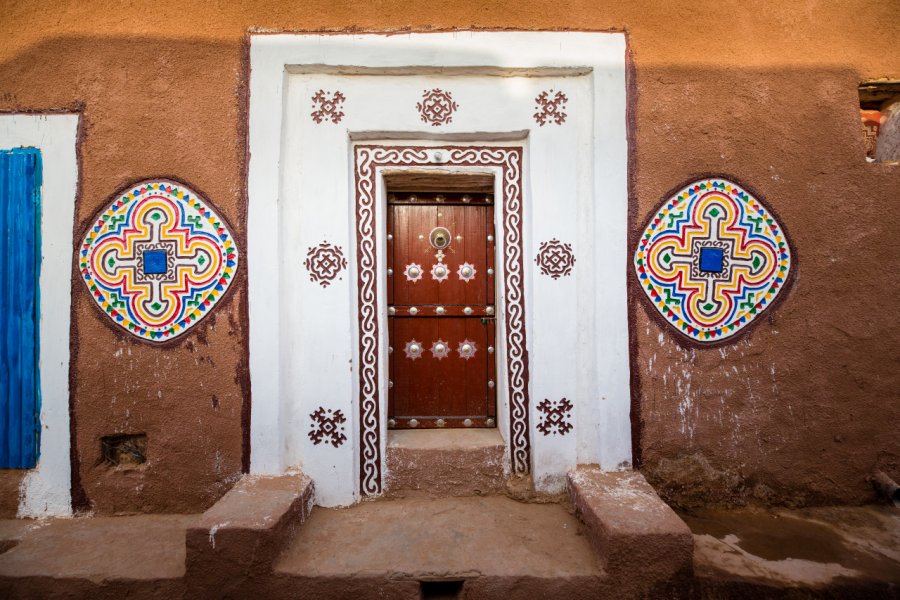Travel Guide Oualata
Find an accommodation
Advertising
We enjoyed Oualata very much, as much for the beauty of its site as for the warm welcome of its inhabitants. Know that by talking with them, you will learn as much, if not more, than with a guide and that you will sooner or later be invited to enter a house to discover its magnificent decorations.The Oualata Project. Supported by the National Foundation for the Safeguarding of Ancient Cities and funded by the Spanish government, the Oualata project has three main axes. The hydraulic axis: since 1924, the renewal of the water table was theoretically assured by a dam. This structure only provided a very limited amount of water for the city's needs. On the other hand, in September and October, this providential water reservoir attracted a large number of breeders and herds from the region. In 1976, a Spanish architect, José Coral, arrived in Oualata and fell in love with the place. He brought with him all the goodwill available on the spot and managed to convince the Spanish government to be interested in his project. This project consisted in saving and distributing the little water available, both in time, and not only during the winter, and in space by an irrigation calculated as accurately as possible for each plot. The results were not long in coming, with the disappearance of the Guinea worm, a major cause of mortality, and the reduction in the cost of water, which used to be transported by donkey at a rate of 10 MRU for 50 liters. Later, the creation of the Oualata gardens was the culmination of this initiative!The cultural axis: it foresees a census of the city's manuscripts, which are very numerous in the library. The conservation of these writings is also studied, as well as the constitution of a data base in the form of microfilms. Traditional arts such as pottery, architecture and gastronomy are maintained and promoted. The clothes worn specifically by the inhabitants of the region, some of which are decorated with magnificent embroidery, are brought up to date. Finally, it is planned to list and preserve the many rock engravings present in Oualata.The axis of renovation: the historical center of Oualata needs a deep restoration. As you wander through the old city, you will see collapsed walls obstructing the alleys and partially destroyed houses. It is planned to clear the passages, to restore the constructions that are worth it and to redo the walls and the pavements of some small streets. This is a long, arduous and expensive job. This is the least advanced part of the Oualata project, but as you will see as you walk through the old city, it is underway.The red zone. The great misfortune of Oualata is that it is affected by the classification of the region as a red zone. The city is difficult to access, given the risks involved, you really have to want to go there. Let's wish this historic city, listed as a world heritage site, a happier future (as soon as possible!).
Suggested addresses Oualata
Weather at the moment
Advertising
Organize your trip with our partners Oualata
Transportation
Book your plane tickets
Car Rental
Boat rental
Accommodation & stays
Find a hotel
Holiday rental
Find your campsite
Tailor-made trip
Immersion travel
Services / On site
Activities & visits
Find a doctor





